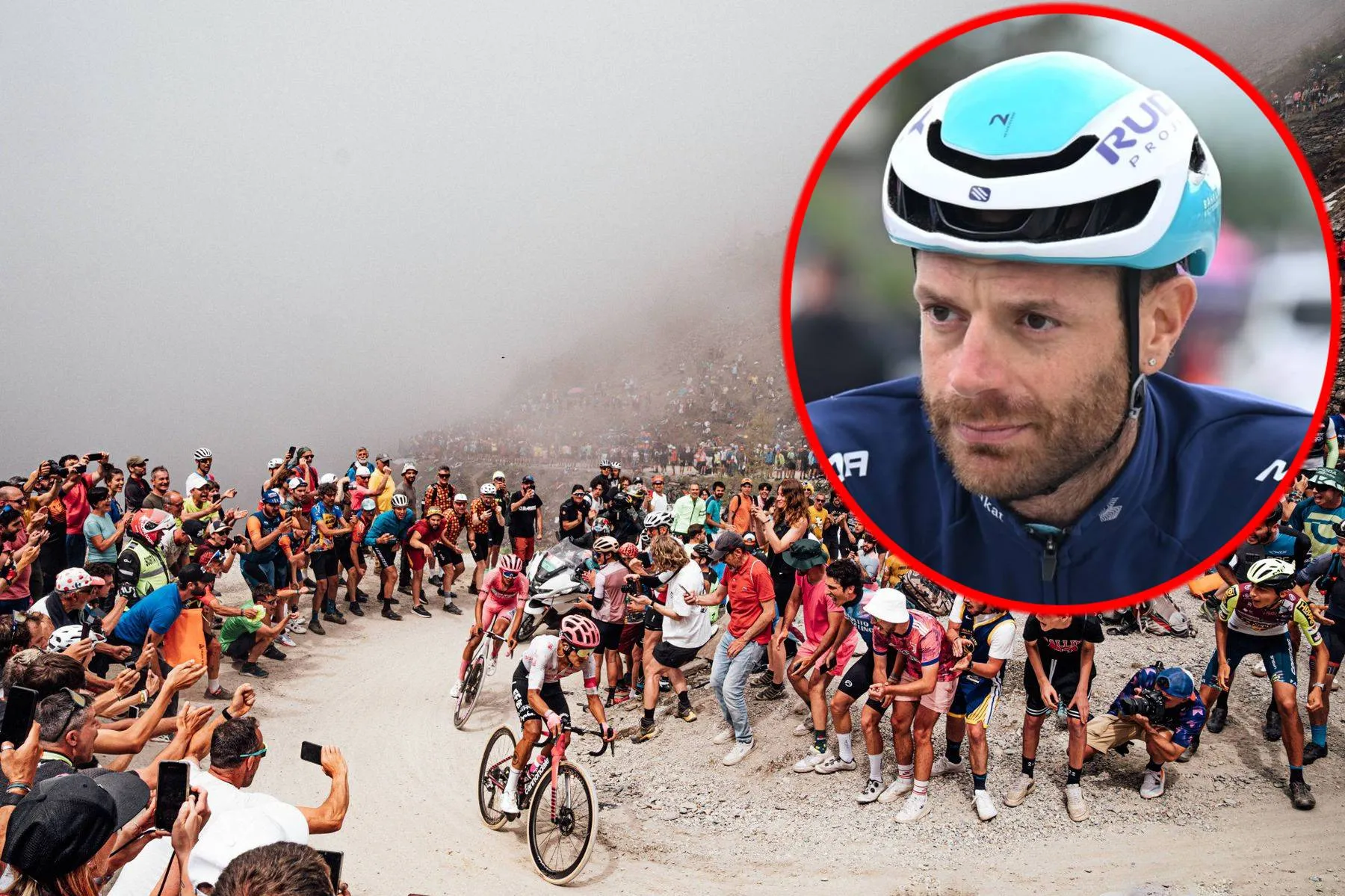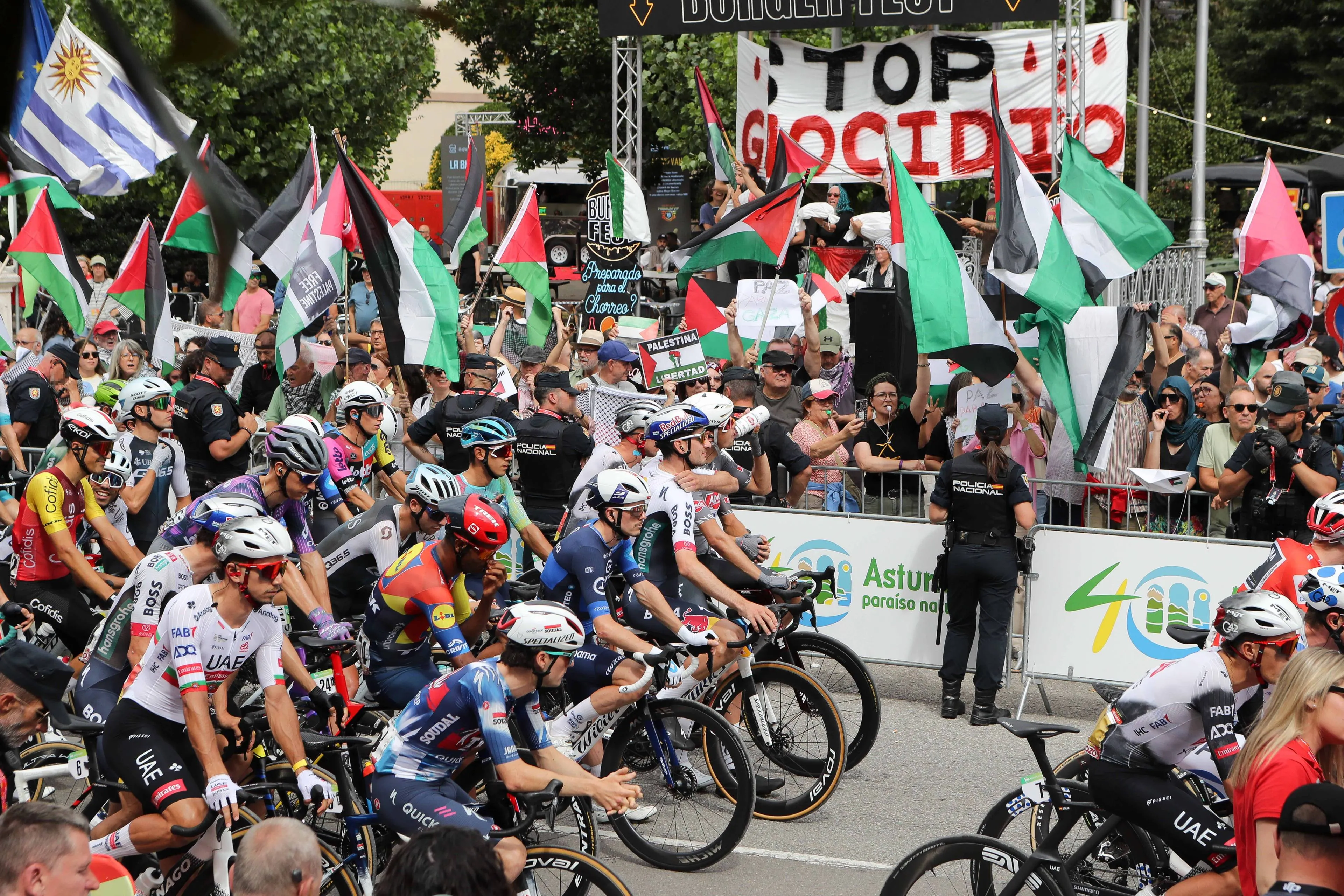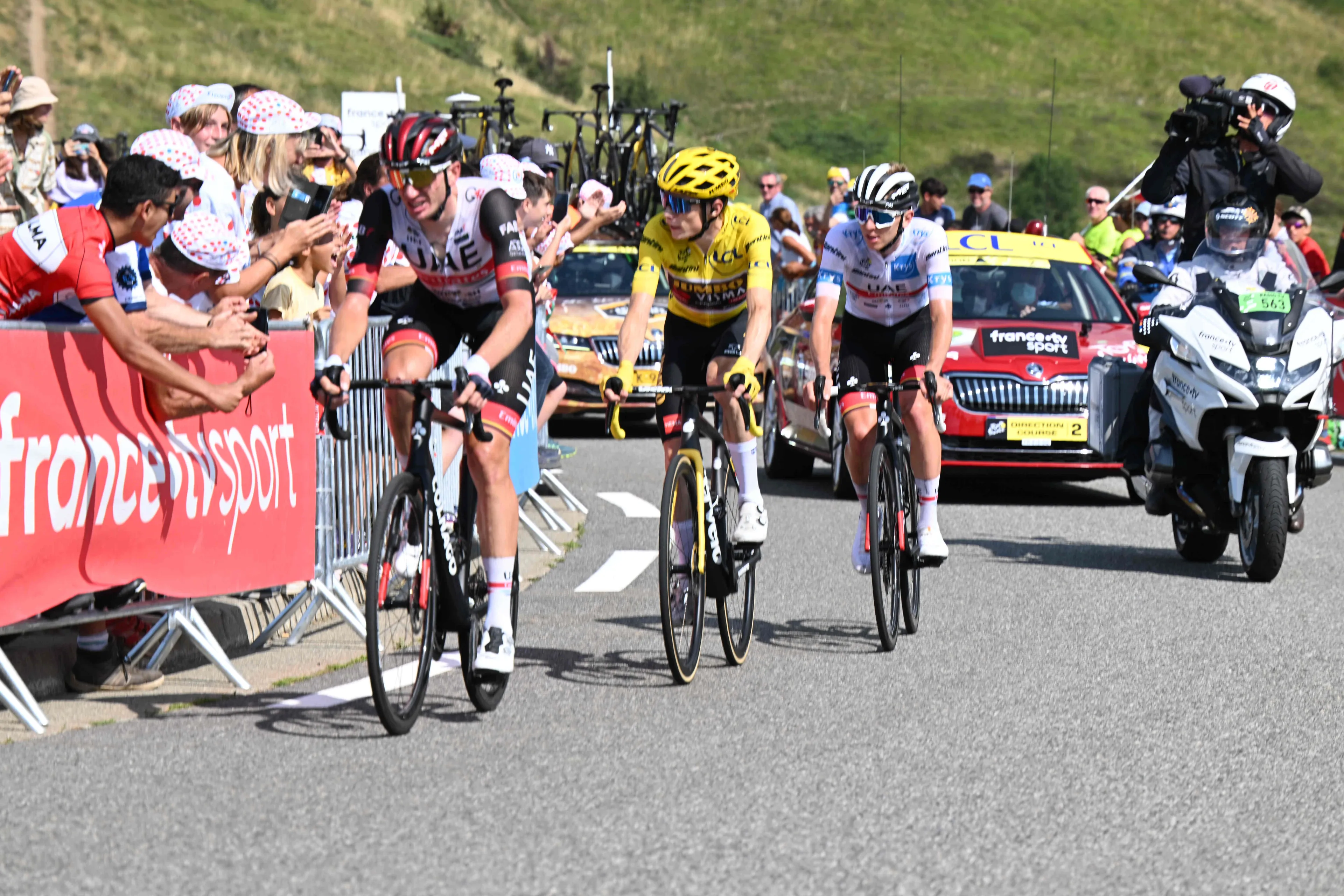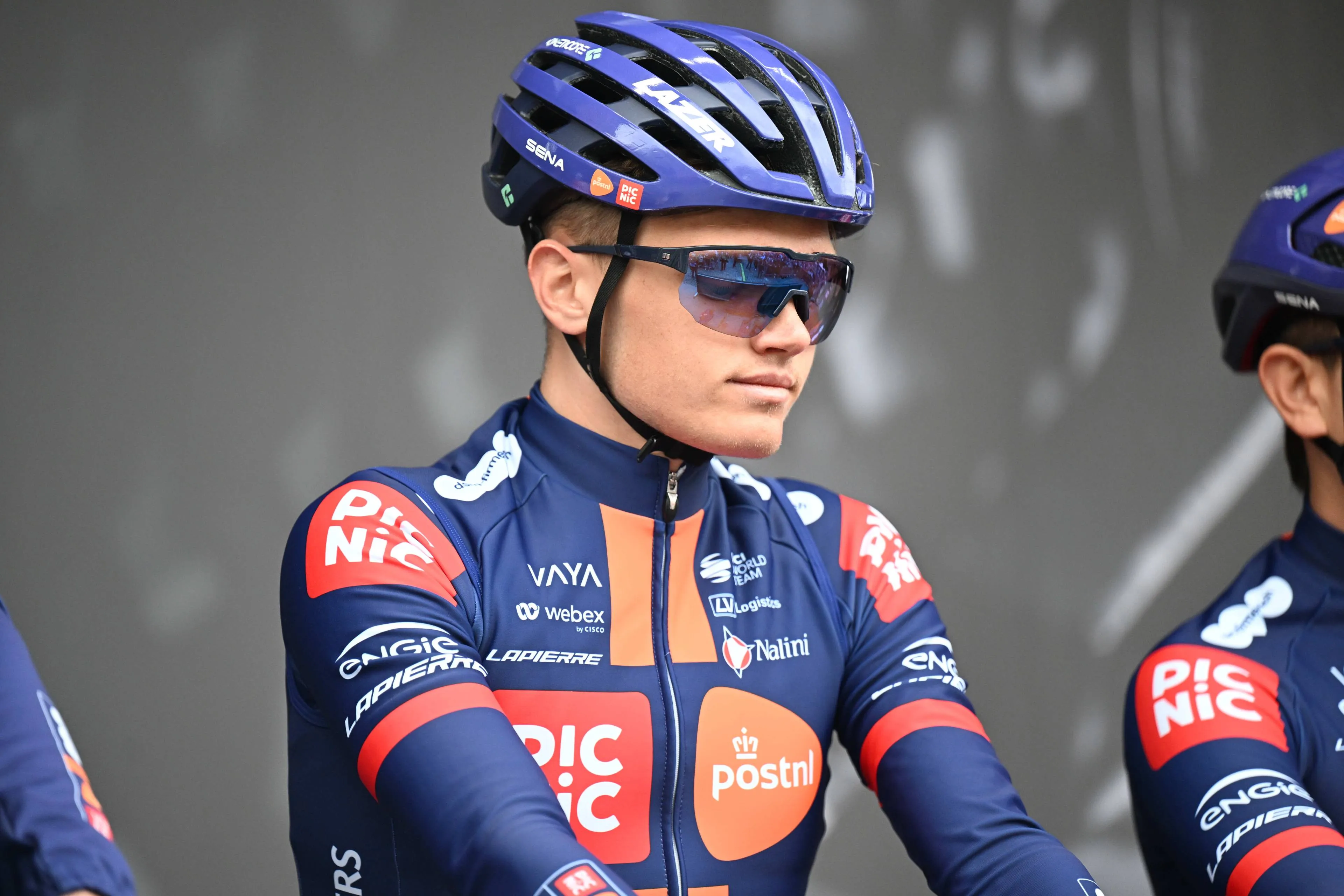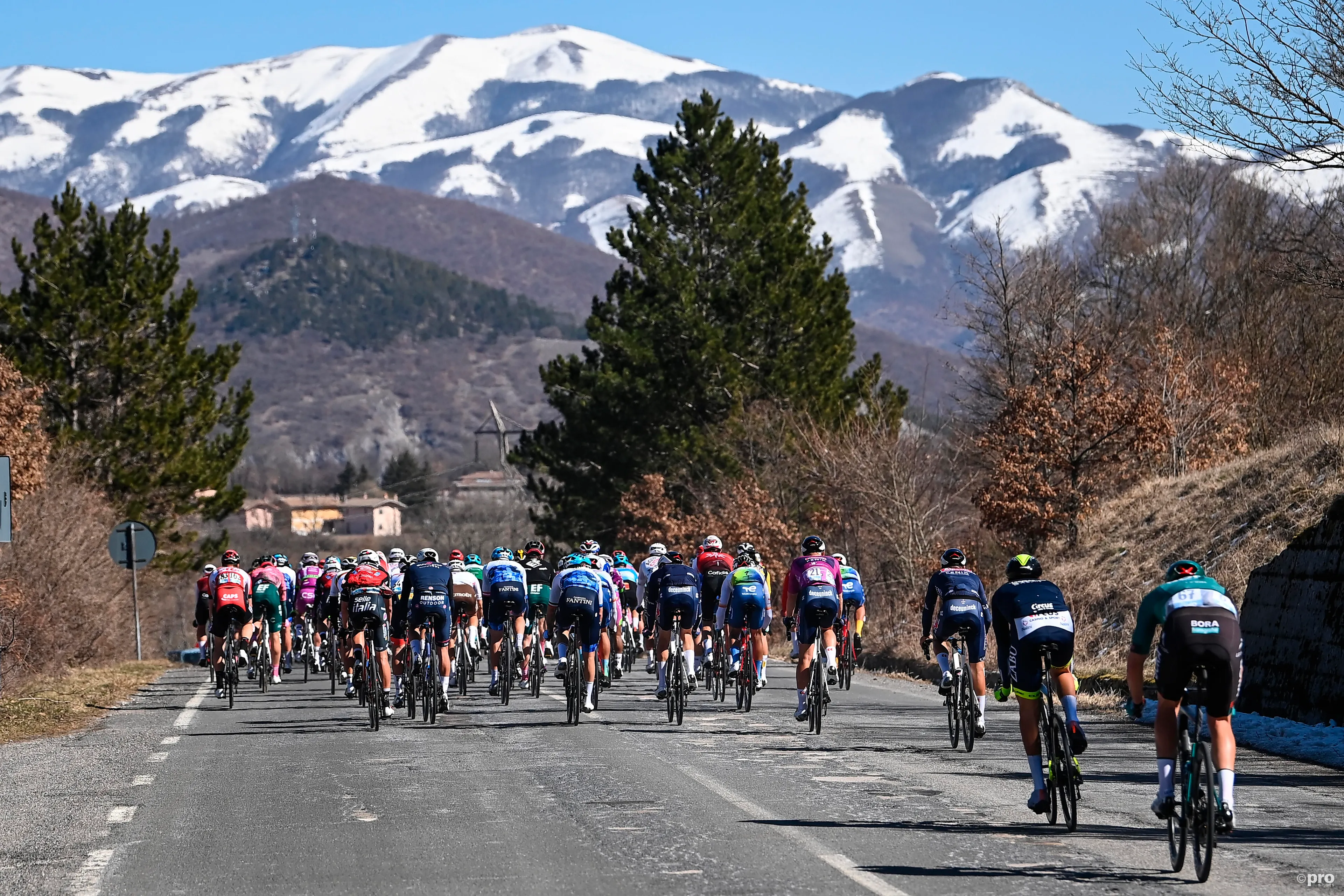
There’s a specific kind of cyclist—not elite, not erratic—who rides regularly, eats well enough, stretches sometimes, and is still vaguely exhausted. You see them at coffee stops, half-squinting into the sun, chewing through a protein bar like it’s the final act of a long drama. They're not unfit. They're just busy. It’s the life outside the ride—emails, kids, sleep, traffic—that saps them. And when the legs do burn, it’s not always from effort. Sometimes it’s from doing too much of the right thing, and not knowing how to stop.
Balance isn’t the art of moderation. That’s dull and vaguely joyless. It’s more about knowing when to lean out a little. When to put the bike away for a day, or do something pointless. Something that has no goal. Because for many cyclists, especially the ones logging long Sunday loops and midweek climbs, the body is fit, but the mind has started keeping score. And when that happens, it stops being fun and starts being maintenance.
1. Know When to Go Slow
This doesn’t mean stop riding. Just don’t sprint everywhere like a sitcom dad late for dinner. A lot of amateur cyclists confuse fatigue for progress. They think the soreness means it worked. Sometimes it does. Often it just means you’re running on spite and cortisol.
Recovery rides aren’t a luxury. They’re essential. And yes, they’re boring. You’re not chasing anything, and no one is impressed. But they keep the wheels turning without setting the whole house on fire. The best cyclists don’t do high-intensity work all the time—they know when to coast. If the pros do it, you can too. Without the guilt. Without the spreadsheet.
2. Winding Down Without Losing Grip
There’s only so much spinach and sleep you can shove at your recovery. Sometimes your brain just needs a moment of nothing. Not meditation. Not a foam roller. Just a soft detour into something fully unproductive. Online entertainment is, despite the clichés, not the enemy here. If anything, it’s the brief escape your legs would probably ask for if they could.
Some cyclists find themselves switching off with mild games, short shows, or even dabbling in things like online casinos in CA, where the stakes are small but the distractions are clean. There’s no race plan, no hill profile, just the odd pleasure of a random card or spin. The better ones—reputable, licensed, well-structured—offer a safe, structured environment that doesn’t shout or dazzle. It’s just another way to unplug for a bit. Some even offer sportsbook options if you still want to keep one eye on the wider world of competition. It’s not about gambling, necessarily. It’s about having something else to look at that isn’t your own data.
You don’t have to justify every free minute. And not everything needs to feed into your VO2 max. Sometimes switching off properly is the kindest, most performance-enhancing thing you can do.
3. Eat Like You’re Not Training All the Time
You know the one: porridge, banana, black coffee. Fine before a big ride. Less so before an afternoon where you’re sitting in traffic or doing PowerPoints in a half-zipped team jersey. Training nutrition is different from normal nutrition, and a lot of amateur riders blur the lines until everything starts to taste like penance.
Eat properly when you’re not on the bike. It doesn’t need to be ceremonial. Just varied. Food that doesn’t come in foil. And you’re allowed to enjoy it without narrating the glycemic index. The body’s clever. It knows what to do with the occasional croissant. Especially when you’re not trying to turn it into wattage.
4. Check the Mental Chainring, Too
Everyone talks about overtraining as if it only happens in the legs. But some riders lose the plot upstairs long before their cadence drops. You get anxious when you miss a ride. You feel lazy on a rest day. You quietly compete with strangers on Strava. These are signs—not of ambition—but of drift. You're not burnt out. You're just not sure how to rest without guilt.
There’s no perfect ratio of riding to not-riding. But if you find yourself negotiating with your calendar like a hostage negotiator just to fit in a 40k loop, something’s off. Rest isn't weakness. It’s the invisible half of progress. The bit no one claps for. The best cyclists know how to stop. Briefly, yes—but fully.
5. Remember: You Chose This
This one’s small, but important. No one is making you ride. There’s no boss. No draft. No looming tryout. This is something you do because, at some point, it felt like freedom. If it starts to feel like homework, it’s okay to change the script. Maybe one week you ride less. Maybe you leave the computer at home and just point your wheels somewhere nice. Maybe you ride in trainers.
The balance isn’t in hitting numbers. It’s in remembering that this was supposed to be joy. And if it’s not, you’re allowed to gently adjust your expectations until it is again. Quietly. Without announcement.
FAQs
Do I need to track every ride to improve?No. Some improvement comes from doing the work without needing to measure it. Not everything has to be logged.
Are online casinos in CA actually safe to use?The licensed and regulated ones are. Look for ones with clear policies, responsible gaming tools, and third-party verification.
How much rest does an amateur cyclist really need?It varies, but most non-professionals underestimate their need for recovery. At least one full rest day a week is common sense, not caution.
claps 0visitors 0
Just in
Popular news
Latest comments
- LOL, Del Toro, while very strong, is not currently racing at a level higher than Remco or Lipowitz. He can be by 2027 though and probably will be. You are discounting Remco's season this year, which his underperformance was caused by a crash that would have retired most people. He will be very strong this coming year as long as he keeps the rubber side down.awp18-12-2025
- It would be nice to see him have a healthy season and do well.JoeyB18-12-2025
- Aka the ‘junk drawers’Onepiece18-12-2025
- Marginal stainsOnepiece18-12-2025
- Business in the front. Farty in the backOnepiece18-12-2025
- Big problem. 2022 Jonas and Primoz were on a similar level to Tadej. 2026 Remco and Florian likely won’t be close to Tadej’s level once the road leans uphill. Good luck trying though!mobk18-12-2025
- gravel maybe? it is the only thing competitive that would make sense.mij18-12-2025
- many had Oier Lazkano as the man for spring, but he was a fraud. this is probably what hurt their spring more than anything.mij18-12-2025
- Naive Remco says that he and Lipowitz will try to isolate Pogi like Jumbo did in 2022. He forgets that DelToro is now better than both him and Lipowitz. I know he needs to fake pump his ego for the sake of sponsors but Remco you have to consider: 1) Pogi is stronger today then in 2022... 2) Pogi is smarter then in 2022... 3) Pogi's UAE team is stronger then in 2022... 4) Pogi now also knows how you intend to "beat" him... 5) Remco, you'll be fighting for third place with Lipowitz. Maybe you will get lucky because Pogi and Jonas will both crash or become ill. Ad acta.NikkoNicco18-12-2025
- the biggest issue with this plan - Tadej’s team has vastly improved. he won’t be isolated.mij18-12-2025
Loading
Write a comment
